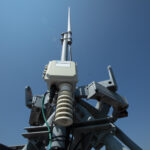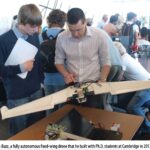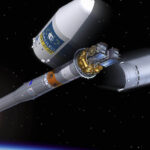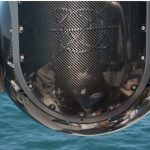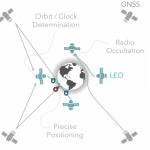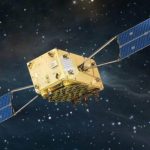The Stars Return: Draper Patents Celestial Navigation System
Scientists at Draper Laboratory have patented a celestial navigation system called a sliced-lens star tracker, which in its early form can achieve 50-meter accuracy in GNSS-denied environments. Improvements are expected as the technology evolves. Vehicles of all kinds may be able to benefit when using this system for navigating by the stars.
By Inside GNSS
